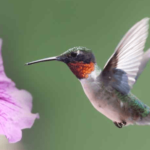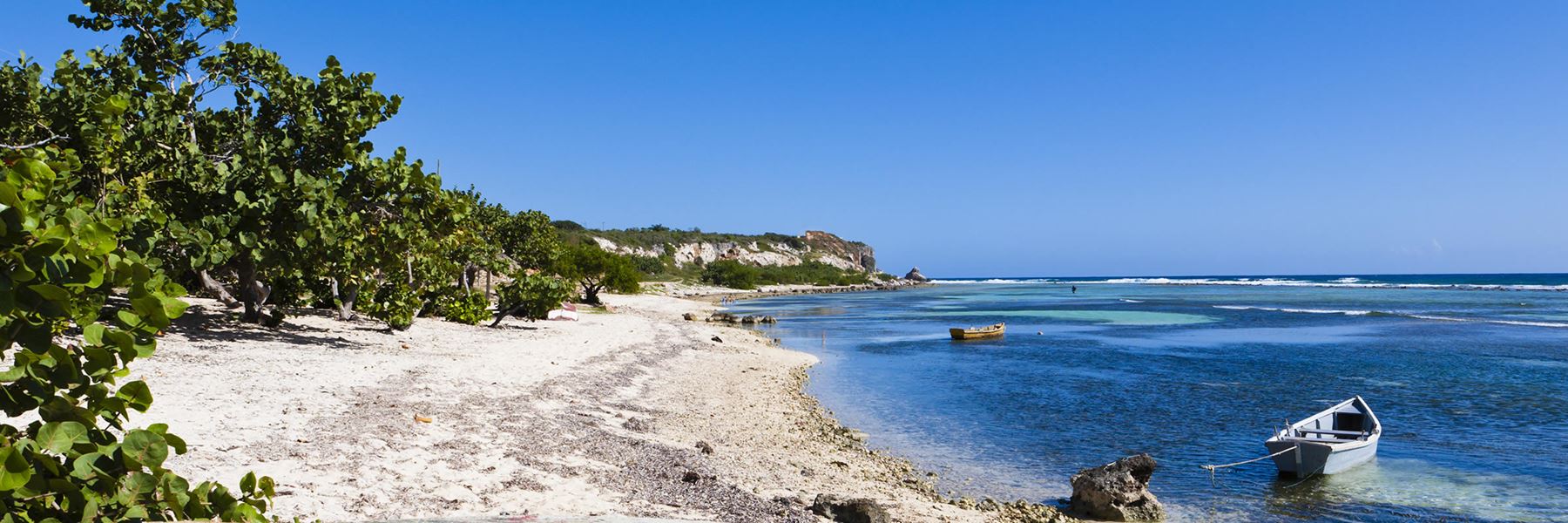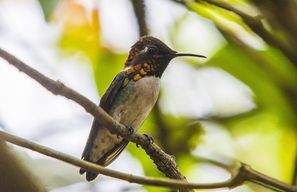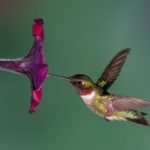 EL ZUNSÚN CUBANO, EL PÁJARO MÁS PEQUEÑO DEL MUNDO. Fotos / Video.
EL ZUNSÚN CUBANO, EL PÁJARO MÁS PEQUEÑO DEL MUNDO. Fotos / Video.
El colibrí abeja (Mellisuga helenae) es una especie amenazada exclusiva de Cuba, donde se llama zunzún o zunzuncito. Con un peso entre 1.6 y 1.8 gramos (menos de una moneda de diez centavos), mide 5 cm (2 pulgadas) desde el pico hasta la cola. Es el vertebrado de sangre caliente más pequeño y pone el huevo de ave más pequeño. La hembra es ligeramente más grande que el macho. Son tan pequeños que a veces se los confunde con abejorros.
Cuando vuelan sus alas batir 80 veces por segundo, y cuando se aparean, ¡golpean hasta 200 veces por segundo! Su ritmo cardíaco es el segundo más rápido de todos los animales. Los zunzúns también tienen la menor cantidad de plumas que cualquier ave: alrededor de mil.
El colibrí, el zunzún o pájaro volador, también conocido como tusito en algunas regiones de América del Sur, es el único pájaro que puede volar hacia atrás y lo hace tan rápido que a veces parece inmóvil. Su corazón en ese momento puede estar latiendo de 1,000 a 1,200 veces por minuto. El nido de estas pequeñas aves es algo más grande que un dedal, alcanza dos huevos que miden entre ocho y diez milímetros.
Es rápido y puede volar hacia arriba, hacia abajo, hacia adelante y hacia atrás, y flotar. No pueden caminar y solo usan sus pies para posarse.
Su temperatura corporal durante el día es de 40 ° C (104 ° F), la más alta de todas las aves. Por la noche, baja a 19 ° C (66 ° F) para conservar energía. Los zunzúns comen la mitad de su peso en alimentos y beben ocho veces su peso en agua diariamente. Su dieta consiste principalmente en néctar y ocasionalmente insectos.
Extrae néctar moviendo su lengua rápidamente dentro y fuera de las flores, hasta 13 veces por segundo. En el proceso de alimentación, el ave recoge el polen en su pico y cabeza. Al volar de flor en flor, transfiere el polen, desempeñando un papel importante en la reproducción de las plantas. En el espacio de un día, el colibrí visitará 1.500 flores. Los pollitos nacen entre mayo y junio
Nuestro zunzún mide unos 11 cm y es de color verde metálico, alas negruzcas, cola larga, ancha y negra; Esta cría en Cuba, donde es muy común. Por otro lado, el zunzuncito o pájaro que vuela, que también existe en Cuba, alcanza los 7 cm de longitud. Su plumaje es negro en la parte posterior y rojo en la parte superior de la cabeza; Las alas y la cola son de color azul verdoso metálico y el pico azul marino. Vive en algunos lugares aislados de la península de Guanahacabibes, la Ciénaga de Zapata y la Sierra Maestra.
También es curioso cómo atacan a un pájaro grande. A menudo aterrizan sobre el enemigo y lo golpean con fuerza con el pico. Es por eso que no debemos sorprendernos cuando vemos un colibrí montado en un pájaro mucho más grande y deja una larga nube de plumas arrancada del pequeño zunzuncito, una verdadera maravilla de la naturaleza.
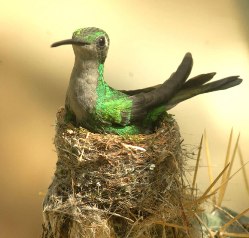 THE CUBAN BEE HUMMINGBIRD (ZUNSÚN), THE WORLD SMALLEST BIRD. Photos/ Video.
THE CUBAN BEE HUMMINGBIRD (ZUNSÚN), THE WORLD SMALLEST BIRD. Photos/ Video.
The Cuban bee hummingbird is the smallest bird in the world.
The bee hummingbird (Mellisuga helenae) is a threatened species unique to Cuba where it is called zunzún or zunzuncito. Weighing between 1.6 and 1.8 grams (less than a dime), it is 5 cm (2 in) from beak to tail. It’s the smallest warm-blooded vertebrate and lays the tiniest bird egg. The female is slightly larger than the male. They are so petite they are sometimes mistaken for bumblebees.
When flying its wings flap 80 times per second, and when mating, they beat up to 200 times a second! Its heart rate is the second-fastest of all animals. Zunzúns also have the fewest feathers any bird: about one-thousand.
The hummingbird, zunzún or birds fly, also known as tusito in some regions of South America, is the only bird that can fly backward and does so so fast that it sometimes seems motionless. Your heart at that time may be beating from 1,000 to 1,200 times per minute. The nest of these tiny birds is somewhat larger than a thimble, it reaches for two eggs that measure between eight and ten millimeters.
It is swift and can fly up, down, forward and backward, and hover. They can’t walk and only use their feet for perching.
Their daytime body temperature is 40°C (104°F), the highest of all birds. At night, it drops down to 19°C (66°F) to conserve energy. Zunzúns eat half their weight in food and drink eight times their weight in water daily. Its diet consists mainly of nectar and the occasional insect.
It extracts nectar by moving its tongue rapidly in and out of flowers – up to 13 times per second. In the process of feeding, the bird picks up pollen on its bill and head. When flying from flower to flower, it transfers the pollen, playing an important role in plant reproduction. In the space of a day, the bee hummingbird will visit 1,500 flowers. Chicks hatch between May and Jun.
Our zunzún measures about 11 cm and is metallic green, blackish wings, long tail, wide and black; This brood in Cuba, where it is very common. On the other hand, the zunzuncito or birds fly, which also exists in Cuba, reaches 7 cm in length. Its plumage is black on the back and red on the top of the head; the wings and tail are metallic blue-green and the navy blue beak. He lives in some isolated places on the Guanahacabibes peninsula, the Ciénaga de Zapata and the Sierra Maestra.
It is also curious how they attack a large bird. They often land on the enemy and hit him hard with the beak. That is why we should not be amazed when we see a hummingbird mounted on a much larger bird and it leaves behind a long cloud of feather plucked out of the little zunzuncito, a true wonder of nature.
Agencies/ Wiki/ ColibriHist./ Internet Photos/ YouTube/ Arnoldo Varona/ www.TheCubanHistory.com
THE CUBAN HISTORY, HOLLYWOOD.




